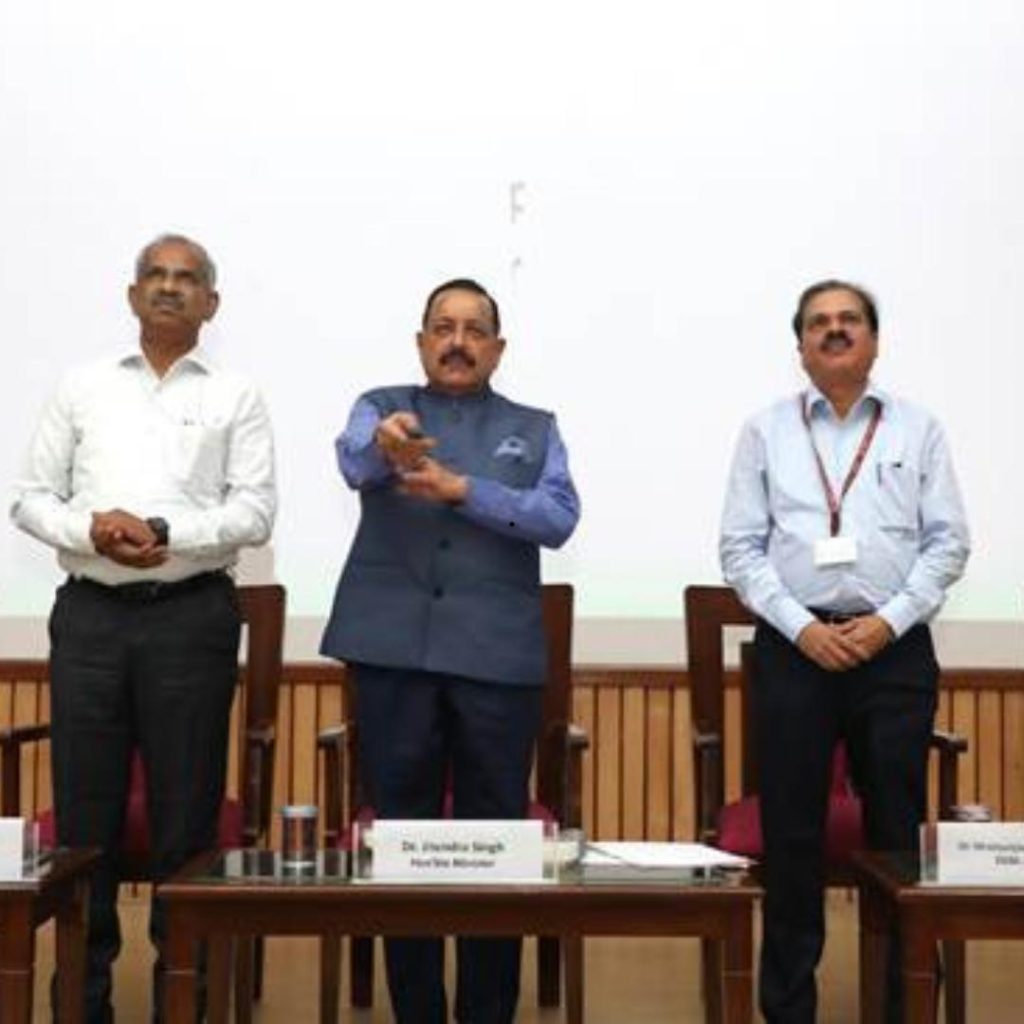
India Unveils New Climate and Weather Tools: A Step Towards Climate Resilience and Public Service
On the 19th Foundation Day of the Ministry of Earth Sciences, Dr. Jitendra Singh, the Union Minister of State for Earth Sciences, launched 14 new tools aimed at improving India’s climate and weather forecasting capabilities. These innovative tools, which include weather forecasts, crop advisories, and marine services, are designed to provide critical information to farmers, fishermen, and the general public, helping them make informed decisions and stay safe in the face of climate-related challenges.
The launch of these new tools is a significant step towards strengthening India’s climate resilience and public service. With the increasing frequency and severity of natural disasters, such as floods, droughts, and heatwaves, the need for accurate and reliable climate and weather information has never been more pressing. These new tools are designed to fill this gap, providing the public with the information they need to protect their lives, livelihoods, and the economy.
Weather Forecasting: The backbone of climate resilience
One of the key tools launched by the Ministry of Earth Sciences is an advanced weather forecasting system. This system uses cutting-edge technology, including artificial intelligence and machine learning, to provide accurate and timely weather forecasts. These forecasts will enable farmers to plan their planting and harvesting schedules more effectively, reducing the risk of crop failure and loss. They will also help the public prepare for severe weather events, such as cyclones and heatwaves, by providing early warnings and evacuation instructions.
Crop Advisories: A game-changer for Indian agriculture
Another important tool launched by the Ministry is the crop advisory system. This system uses satellite imaging and machine learning algorithms to provide farmers with personalized crop advice, including information on soil moisture, temperature, and pest management. This will enable farmers to make data-driven decisions, increasing crop yields and reducing the use of chemical pesticides and fertilizers. The crop advisory system will also help farmers to identify and address early warning signs of crop stress, reducing the risk of crop failure and loss.
Marine Services: Ensuring safety at sea
The Ministry has also launched a marine services system, which provides critical information to fishermen and the shipping industry. This system includes real-time weather forecasts, sea state forecasts, and tsunami warnings, helping to ensure the safety of those at sea. The system will also provide information on marine pollution, helping to reduce the impact of oil spills and other environmental disasters.
Ocean Clean Water Systems: A solution to India’s water crisis
One of the most innovative tools launched by the Ministry is the ocean clean water system. This system uses advanced technology to remove pollutants and salt from seawater, providing a reliable source of clean water for drinking, irrigation, and industrial use. This will help to address India’s growing water crisis, which is exacerbated by climate change and population growth.
Farmers’ apps: Empowering farmers
The Ministry has also launched a range of farmers’ apps, which provide farmers with critical information on weather, soil health, and crop management. These apps are designed to be user-friendly and accessible, enabling farmers to access vital information on the go. The apps will also provide farmers with market prices and weather forecasts, helping them to make informed decisions about their crops.
A step towards a climate-resilient India
The launch of these new climate and weather tools is a significant step towards building a climate-resilient India. These tools will help to reduce the risk of natural disasters, protect public health and safety, and promote sustainable development. They will also help to empower farmers, fishermen, and the general public, enabling them to make informed decisions and take action to protect themselves and their communities.
Conclusion
The launch of these new climate and weather tools is a testament to India’s commitment to using science and technology to address the challenges of climate change. These tools will play a critical role in building a climate-resilient India, reducing the risk of natural disasters, and promoting sustainable development. As India continues to develop and refine these tools, we can expect to see even more innovative solutions to the challenges of climate change.
Source:
https://www.refersms.com/indias-new-climate-and-weather-tools/





